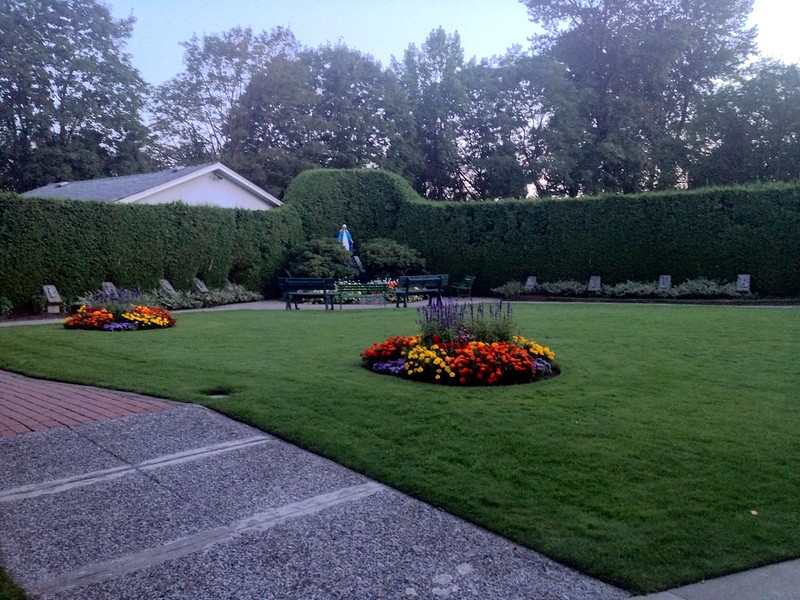No Longer Playing Ingress
Posted by Richard on Saturday, 17 September 2016I finally forgot to hack an Ingress portal within a 24-hour period, so my streak of 561 days comes to an end.
— Richard Brynjólfsson (@sillygwailo) September 17, 2016
Heading north on a Toronto streetcar, my heart sank as I realized something which initially felt awful but almost immediately felt like a relief: 24 hours had passed since I last hacked an Ingress portal. That meant that my streak of 561 days had come to an end on a Friday where I worked from home and didn’t think to hack the portal that was in range of my apartment. That being the only reason for playing Ingress, having been superseded this summer by Pokémon Go (from the same company as Ingress and modeled closely on it), I decided this was a project I could drop.
I’ll miss the software I built for it, though the ideas are valid for other projects I have in mind. One such project was to notify me of nearby farms, crowdsourced by the Vancouver Enlightened community. The software they built was impressive, not to mention the other add-ons, many not sanctioned by Niantic, built by Ingress communities around the world. The fact that I had API access to a player-generated database was staggering enough. There are other data sets, official and unofficial, that the code I wrote would be useful for.
I’ve written extensively about Ingress, though not publicly, only privately in my journal. That‘s because a lot of it involved information that would be useful to the enemy. The game took me on an early-morning car ride to Hope, B.C. to make a BAF (Big Ass Field) so I and a few others could get a high level badge. I played the role of comms operator during the ground game that leads up to a BAF. I’ve participated in “anomalies” (Niantic-sponsored day-long battles between the factions) in Vancouver and Boston, travelled to Oshawa on a GO Train for the purpose of participating in a First Saturday (events organized by local communities that have global implications for the game), and attended events in Toronto, and even showed someone the ropes of Ingress while interest in it waned more generally. I read with interest as bloggers Tim Bray and Alex Gustafson documented their adventures. I completed over a hundred missions, and took photos as I played. I would get the hardest badge to achieve, the Guardian medal for owning a portal longer than 150 days, by holding on to the Penticton airport portal from the summer of 2015 until someone returned home for the holidays. An extra dimension of difficulty was that I would be out of range to re-charge it, but I had the presence of mind to get multiple keys for the portal, so fellow ENL agents re-charged as I toured Europe for a couple of weeks.
My Onyx Guardian medal wouldn’t have been possible without recharging by fellow ENL agents while I was out of range. pic.twitter.com/FqQW97jx2E
— Richard Brynjólfsson (@sillygwailo) December 23, 2015
Ingress made me look up more often, appreciate how many historical and notable buildings and structures and art were in cities. I met interesting people and went to interesting places and, overall, had fun playing it.
